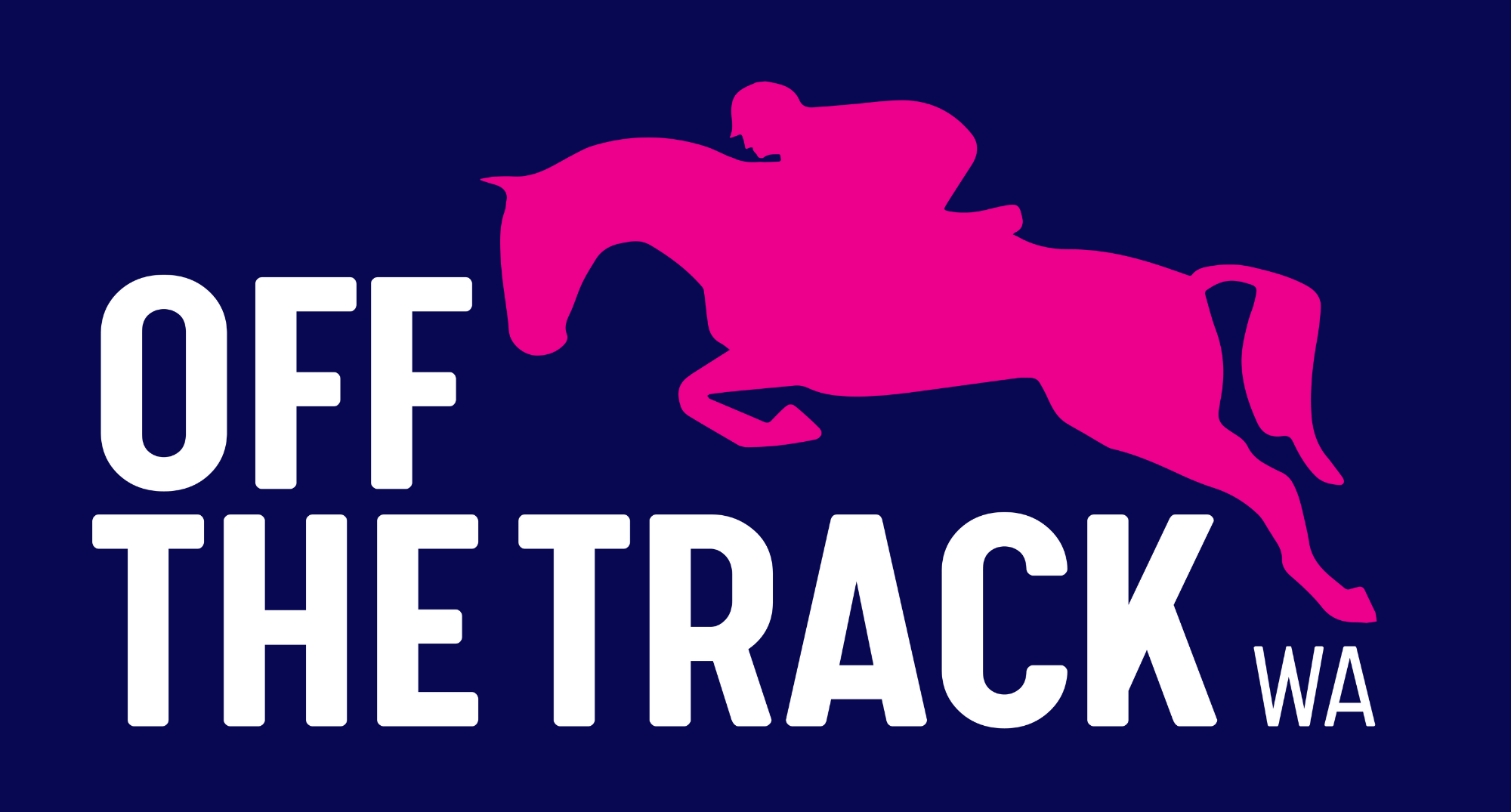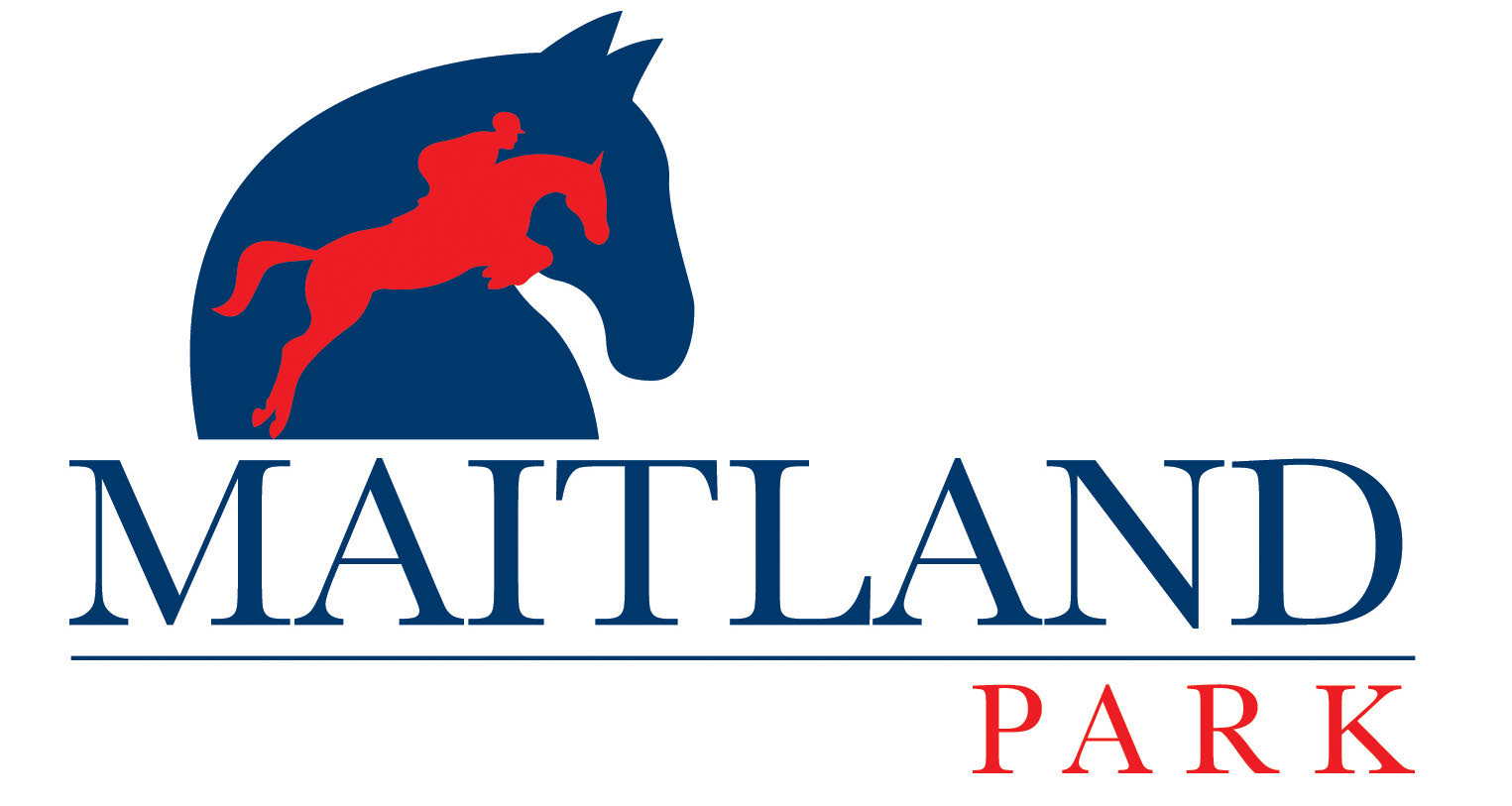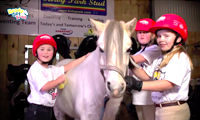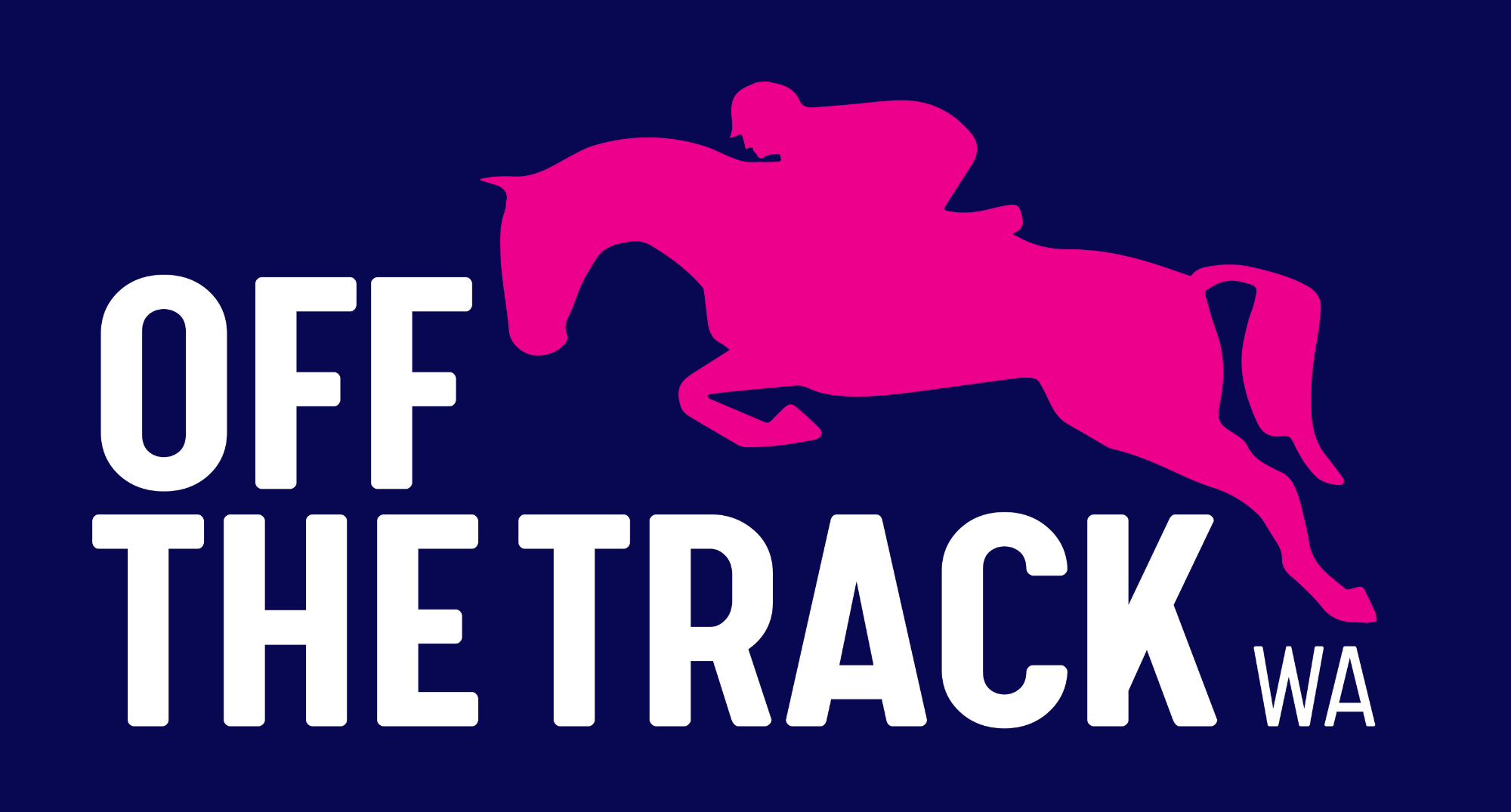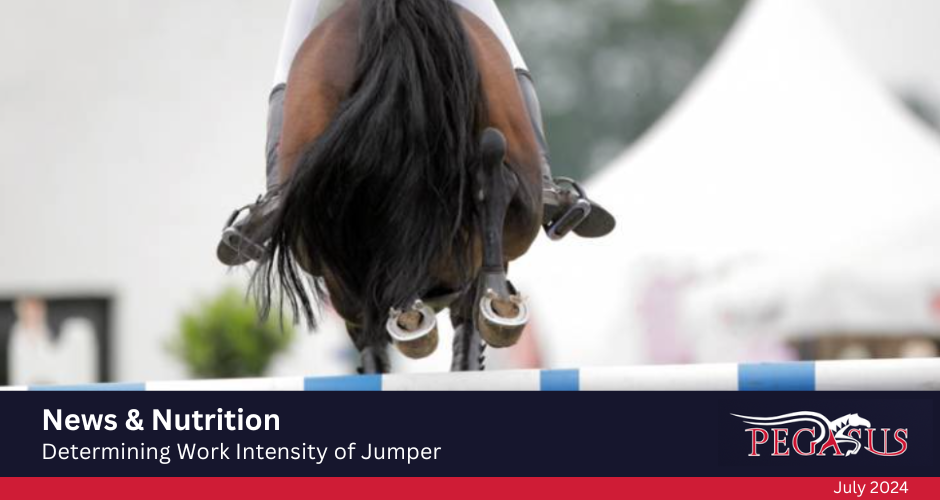
Pegasus News & Nutrition
Determining Work Intensity of Jumpers
The bulk of any jumper’s education involves work on the flat, polishing skills that help negotiate a course, such as manipulating stride length, bending comfortably in both directions, and fine-tuning responsiveness to aids. Appropriate training protocols that ensure jumpers are suitably fit for competition are largely experimental, leaving many horses prone to injury or performing below their potential.
“The appropriate amount of flat training required to prepare horses for jumping competition remains unknown,” explained Catherine Whitehouse, M.S., of Kentucky Equine Research.
One research team recently compared the physiological demands of 21 Warmblood jumpers using a standardized 600-m fitness test at three velocities (5 m/s, 8 m/s, 11 m/s or approximately 11 mph, 18 mph, 24 mph) and a standardized course over fences.*
“Standardized tests are commonly used in physiology studies to measure fitness and changes in exercise-related parameters. In these tests, the speed, duration, and distance are kept the same for each horse, and measures of fitness must be obtained at the same time for each test,” Whitehouse described.
In this study, the measures of fitness evaluated after each test included heart rate, blood lactate levels, blood pH, and acid/base balance status.
The key finding was that horses cantering around a flat track at 8 m/s have a similar work intensity as jumping a 1.10-m course at an average speed of about 6.4 m/s.
“The results of this study provide guidance for the development and implementation of training programs on the flat that have a similar work intensity as standard jumping courses. These programs aim to maximize fitness and performance while decreasing the risk of injury,” summarized Whitehouse.
Kentucky Equine Research developed KER ClockIt Sport, a modern tool for tracking horse fitness and developing conditioning programs for sporthorses. KER ClockIt Sport can be used to simply record distance traveled and time spent at different gaits during a training session or as an advanced tool to collect heart rate data and share training sessions with trainers and coaches.
Regardless of discipline and training regime, performance horses benefit from joint supplements. Care of joints should begin well before problems arise, so begin supplementation as work intensity increases beyond low-level exercise.
*Léguillette, R., S.L. Bond, K. Lawlor, T. de Haan, and L.M. Weber. 2020. Comparison of physiological demands in Warmblood show jumping horses over a standardized 1.10-m jumping course versus a standardized exercise test on a track. BMC Veterinary Research 16(1):182.
Article released 14th December 2020 by Kentucky Equine Research

